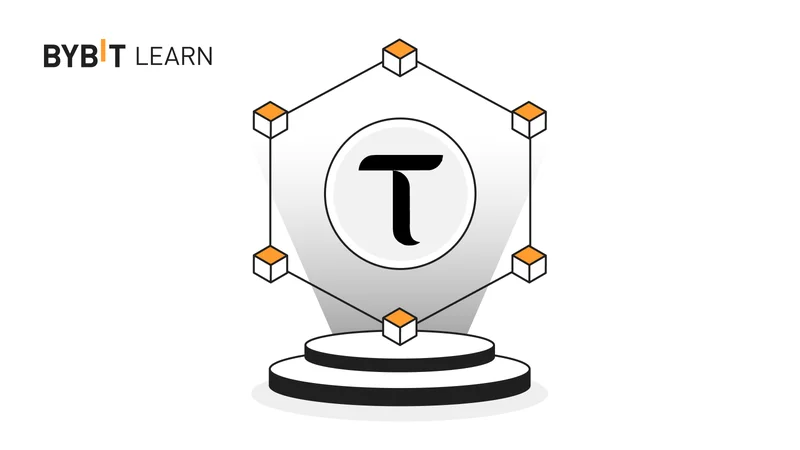So, Grayscale filed a piece of paper. And the crypto world, in its infinite wisdom, collectively lost its mind. You’d think they’d just announced a partnership with God himself, judging by the breathless posts and the sudden surge in the Bittensor TAO price. A Form 10 filing with the SEC. Grayscale’s $TAO Move Shakes Crypto: Bittensor Trust Form 10 Filing. Let that sink in. This isn't an ETF approval. It's not a new law. It's the corporate equivalent of raising your hand in class and saying, "Hey, teach, I plan on doing my homework later."
And yet, here we are. The charts are green, the influencers are tweeting fire emojis, and everyone is acting like this is the moment decentralized AI and traditional finance finally hold hands and skip off into a sunset made of pure profit. Give me a break.
This is a signal, all right. But it’s not the one you think it is. It’s the signal that the next great narrative is being carefully constructed, brick by boring, regualtory brick, to lure in the big, dumb money that’s too scared to buy Bittensor crypto from an actual exchange.
The Illusion of Legitimacy
Let’s be brutally honest about what a Form 10 filing is. Grayscale is voluntarily telling the SEC, "We're going to start filing quarterly and annual reports, just like a real company." This is supposed to inspire confidence. Transparency! Accessibility! All the buzzwords they cram into their tweets.
Here’s my translation: "We're putting a suit and tie on this wild, speculative asset so your pension fund manager can pitch it to his board without getting laughed out of the room."
This move is a classic from the Grayscale playbook. They did the same thing with Bitcoin and Ethereum years before the spot ETFs became a reality. It's all about creating an on-ramp for institutional capital. The filing itself is like a teenager getting their learner's permit. They aren't legally allowed to drive on the highway alone yet, but they're in the system, and suddenly everyone starts treating them like a seasoned road warrior. It's a performance. And it works. The goal is to eventually get the shares of the Bittensor Trust trading on OTC markets, shortening the holding period for private investors from a year to six months. More liquidity, faster flips. That's the real game.

But does filing some paperwork actually change the fundamental nature of what is Bittensor? Does it make the Bittensor network and its complex system of AI-driven Bittensor subnets any less volatile or experimental? Offcourse not. It just wraps it in enough legalese to look safe. It's a brilliant piece of financial theater. I can just picture some analyst in a midtown office, staring at the ticker, seeing the news flash and thinking, "SEC filings... audited financials... this is safe now," without having the first clue how the underlying tech actually functions. And honestly, maybe they're right not to care...
The Barry Silbert Orchestra Warms Up
You can't look at this Grayscale news in a vacuum. Just days before this filing, who pops up? None other than Barry Silbert, the CEO of Grayscale’s parent company, DCG. He announced his new venture, Yuma Asset Management, is launching with a cool $10 million from DCG to create funds specifically for... you guessed it, Bittensor subnets. Bittensor leads the AI token rally on Barry Silbert’s $10 million flagship funds.
It’s a smart play. No, 'smart' isn't the right word—it's a cynical play. You have the head of the parent company drumming up institutional interest with dedicated funds, creating a demand narrative. Then, the subsidiary files the paperwork to create the very vehicle those institutions will feel comfortable using. It's a beautifully coordinated one-two punch designed to manufacture legitimacy and drive up the TAO price.
And the market, like a well-trained dog hearing a can opener, responded exactly as predicted. Futures Open Interest for TAO shot up over 23%. Short sellers got squeezed. The price broke through its 200-day moving average. Everyone who got in on the signal is patting themselves on the back. But is anyone asking the hard questions? Is this explosive growth based on a genuine, widespread adoption of Bittensor’s decentralized AI, or is it just a reaction to savvy financial engineering by some of the biggest players in crypto news?
It feels like we're just cycling through narratives. Last year it was DeFi, then NFTs, then Layer-1s like Solana, and now it's the AI-crypto boom. I swear, the names just get more abstract. Bittensor, subnets, Yuma. It sounds less like a financial revolution and more like the character roster for a bad sci-fi movie. Then again, maybe I'm just old and jaded. Maybe this really is the future and I'm the one who can't see it. But it sure smells a lot like the past.
The whole thing ain't about technology anymore; it's about packaging. The core product—a decentralized network where AI models compete and get paid in crypto—is genuinely fascinating. It’s a wild, ambitious idea. But this latest chapter isn't about the idea. It's about turning that idea into a tradable instrument, another chip on the Wall Street casino table.
Just Slap a Suit on It
At the end of the day, this isn't a story about artificial intelligence or the future of decentralized computing. It's a story about marketing. It’s about taking something complex, volatile, and fundamentally "crypto" and making it look as boring and dependable as a utility stock. Grayscale isn’t selling innovation; they’re selling the illusion of safety to a class of investors who desperately want exposure to the next big thing but are terrified of getting their hands dirty. And it looks like it's working perfectly.









